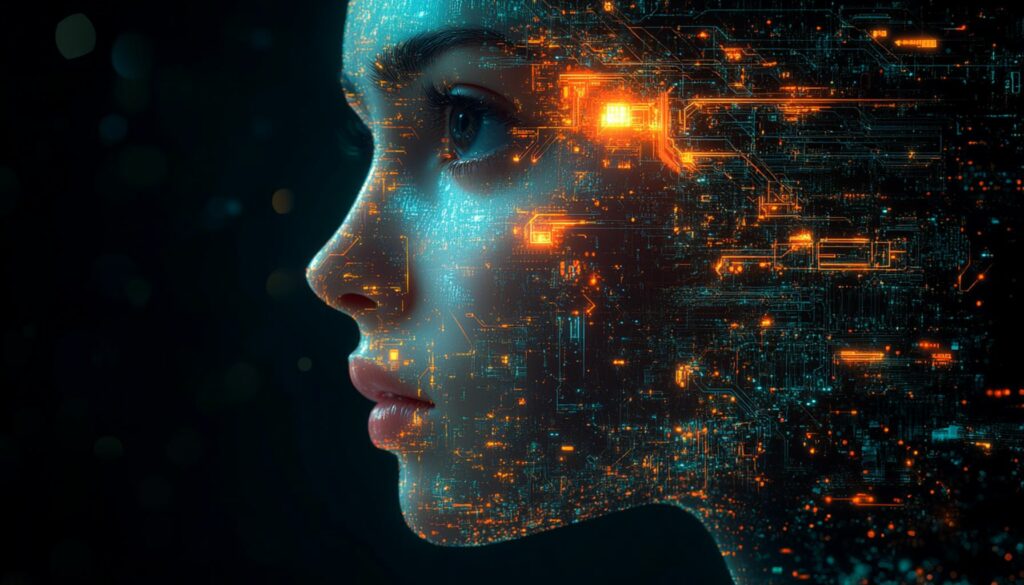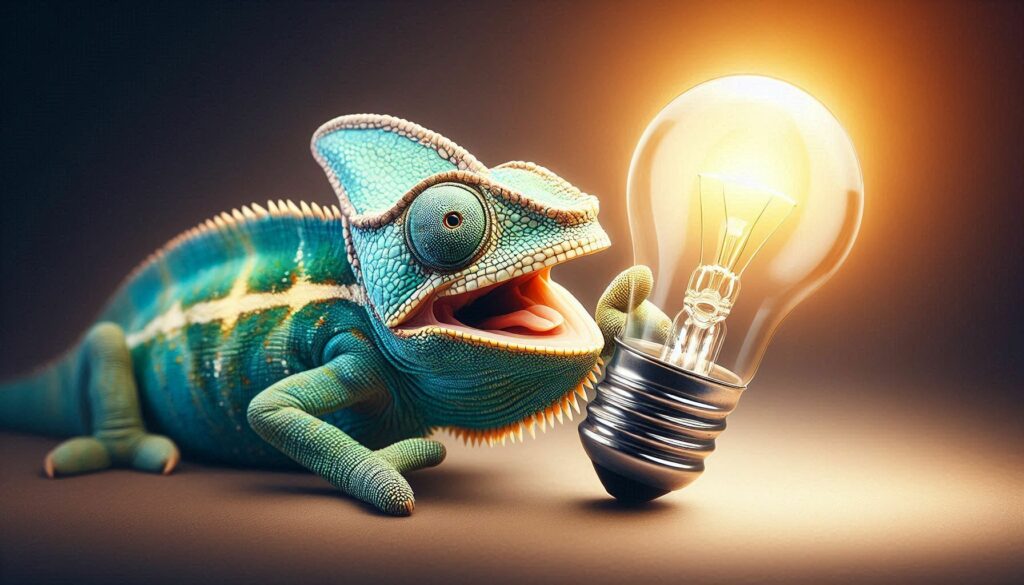The emergence ofgenerative artificial intelligence (generative AI) is transforming many sectors, and one of the areas undergoing significant change is web design. In a recent study entitled “Generative AI Tools in Web Design”, authors Minela Ganović and Aldina Avdić from Novi Pazar State University analyze how generative AI is disrupting traditional web design processes, offering a new automated, personalized and user experience-enhancing approach.
The article is available here: https: //portal.sinteza.singidunum.ac.rs/Media/files/2024/392-397.pdf
Generative AI: the new frontier of web design
Generative AI refers to models and algorithms capable of creating entirely new content, including text, visuals, and even functional elements of websites, based on large amounts of data. As web design continues to play a crucial role in the digital success of organisations, integrating generative AI into this area promises to optimise workflows, increase creativity and improve user engagement.
This research is motivated by the need to adopt more efficient, personalized approaches to web design. Traditional methods, while effective, often encounter obstacles such as time constraints, limited resources and difficulty in personalizing the user experience. Generative AI addresses these issues by automating the generation of content, interfaces and mock-ups, while adapting to individual preferences and delivering creative solutions at unprecedented speed.
Analysis of generative AI tools in web design: a comparative study
In this study, the authors explored the capabilities of various generative AI tools, including Canva, ChatGPT, WixADI and AI Art Generator. These tools were used to design two distinct websites: one built using traditional methods (HTML, CSS and JavaScript) and the other using generative AI tools. The aim was to assess the impact of these tools on the design process in terms of speed, functionality and user experience.
The study’s findings reveal several key benefits of using generative AI tools:
- Canva: This tool, well-known for its ease of use, lets you quickly create visual elements such as logos and graphics. Its AI-assisted design capabilities, such as “design magic” and “magic replacement”, have considerably accelerated the creation of attractive visual components for websites.
- ChatGPT: As a generative AI model specialized in text creation, ChatGPT made it possible to generate content for web pages. It accelerated content production while bringing originality and diversity to texts, making sites more engaging.
- WixADI: This tool proved remarkably effective at generating complete websites based on user preferences. With just a few answers about the site’s purpose and desired style, WixADI was able to produce a functional, responsive and SEO-optimized site in record time. The time savings are particularly noticeable for users with little technical knowledge.
- AI Art Generator: Although not directly linked to website functionality, this tool provided inspiration for the creation of original visual elements, enriching the aesthetics of websites.
Insights on user experience and performance
The authors conducted a comparative analysis between sites created using generative AI tools and those designed manually. One of the main differences observed concerned loading speed and responsiveness. Sites generated with WixADI were faster, with loading times between 2 and 5 seconds, while manually coded sites took between 5 and 10 seconds. What’s more, sites generated with WixADI were 90% more responsive, compared with only 50% for those created manually, underlining the advantage of generative AI for mobile optimization.
A survey of 18 users, including software engineering students and lambda users, provided valuable feedback on the effectiveness of generative AI tools. Sites designed with AI tools consistently received better ratings in terms of design, content, user interaction and overall performance. However, some participants noted limitations, notably in the ability to customize certain design elements.
The future of generative AI in web design
The authors conclude that generative AI tools, such as those tested in this research, offer significant advantages in terms of speed, creativity and user engagement. However, they also highlight certain limitations, such as the lack of personalisation in certain specific situations. These results suggest that generative AI can transform web design, but that there are still areas for improvement to be explored, particularly in terms of enhancing the adaptability and personalisation of creations.
Conclusion
This study highlights the central role that generative AI is set to play in the future of web design. By automating many aspects of the design process, these tools save time, stimulate creativity and ensure that websites are more responsive and personalised. While traditional web design techniques retain their value, generative AI offers a promising alternative for streamlining web development. The results of this study provide a valuable roadmap for designers, developers and researchers wishing to exploit the full potential of generative AI in the digital domain.



